
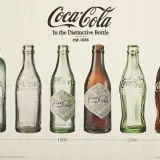
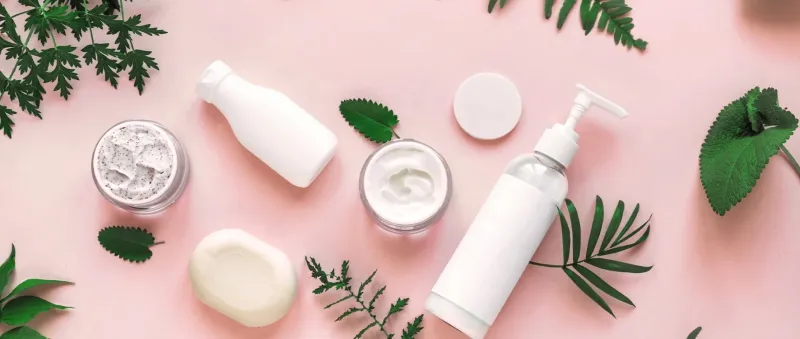
THE RISE OF ‘CLEAN BEAUTY’: NAVIGATING A WORLD OF NON-TOXIC BEAUTY
What exactly is clean beauty and do consumers really care about it when it comes to their own beauty regimes?
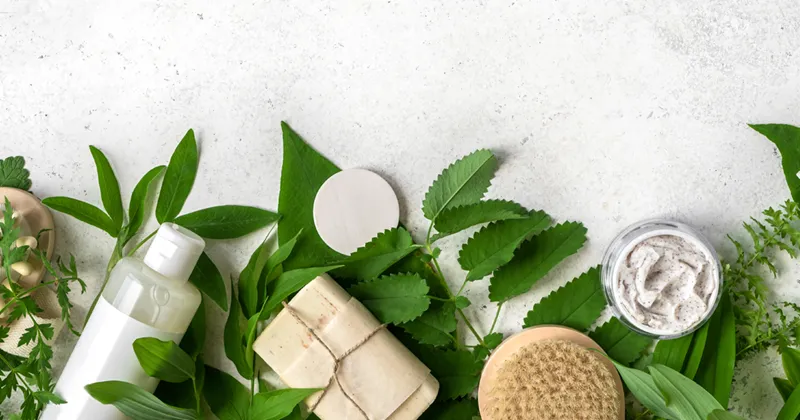
One thing the beauty sector loves is a good trend and few have seen such rapid growth over the past few years than clean beauty and the shift to a more sustainable beauty world. But when does a trend become an important part of everyday life? With ever increasing focus on being kinder to the environment, electric cars & sustainability, we find ourselves in a place where the market is becoming more saturated with eco products as well as ingredients that are good for the environment but good for the consumer also.
In fact, with ‘sustainability’ becoming more of a hygiene factor than point of difference for beauty brands, it is becoming harder than ever for consumers to navigate this space – one where almost all brands are keen to play up their green credentials. A survey by Mintel revealed 53% of UK shoppers have bought an eco-friendly beauty/grooming product in the last 12 months.
So, what exactly is clean beauty, can your brand authentically talk up its sustainable credentials and has the cost-of-living crisis shifted consumer priorities away from eco-conscious and back towards price-conscious?
In this blog, we delve into the flourishing clean beauty movement, highlighting the shift towards non-toxic skincare products and the reasons behind this evolution, explore how consumers are responding to clean beauty during a cost-of-living crisis and ask if many are truly embracing these products for their perceived health benefits and environmental impact methods or simply to just jump on the ‘trendy bandwagon’?
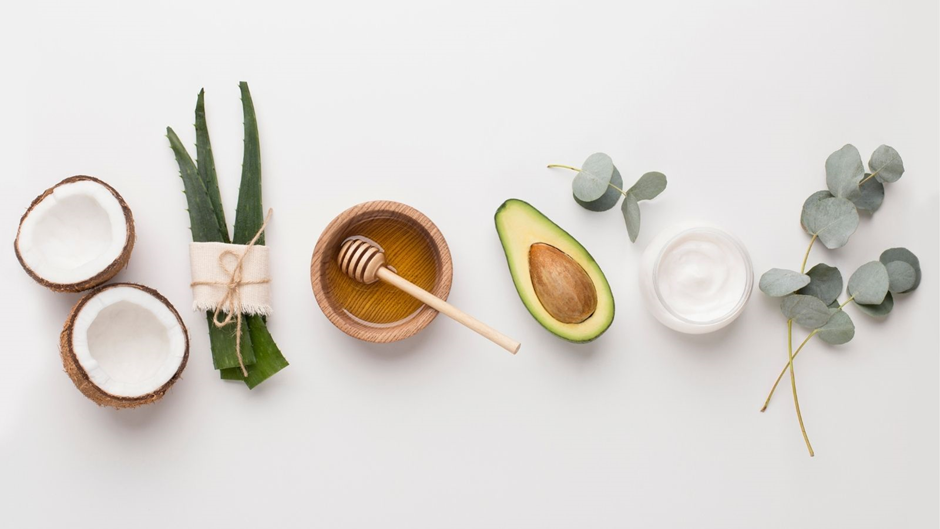
So, what is clean beauty & what ARE its benefits?
At its simplest, clean beauty refers to products that are made without the use of harmful ingredients. These products focus on transparency, safety for the consumer and the environment as well as sustainability. Clean beauty products exclude ingredients such as parabens, sulftes, phthalayes and synthetic fragrances which are widely known to cause irritation or long-term health concerns. Instead, products focus on organic and natural ingredients that are kinder to the skin and environment.
It been known that switching to cleaner beauty offers several benefits for the consumer. Not only can it help reduce your exposure to harmful chemicals that disrupt your hormones and the skin itself, but it’s also helps to elevate irritation, redness and skin sensitivity due to using natural ingredients that work with your skin as opposed to against it which results in kinder, softer skin.
The Rise Of The Clean Beauty Movement
Clean beauty really started to gather pace sometime between the 2010-2020s (although the original clean beauty conversation sparked back in the 1990s), and since then has been on an upwards trend. What’s behind this growth? The demand for sustainable products is particularly down to social media with the topic #cleanbeauty having over 2.1 billion views on TikTok and 6.3 billion tags on Instagram as of October 2023! Another shift towards the clean beauty movement is consumer awareness i.e. health and safety. Many do not want to expose themselves to products that are dangerous so therefore, want to use products that are healthy for them but also healthy for the planet. With social campaigns involving protecting the planet, more and more people have realised that we need to look after our planet, and this can start from skincare! We have also seen that with a cost-of-living crisis, more people are embracing their natural skin as they may not want to spend money on makeup but instead, focus on skin health.
And as recently as this year, we have seen a rise in the ‘skinimalism’ trend – the celebration of natural beauty with a minimalistic approach to skincare and makeup. Such celebrities like Alicia Keys and Pamela Anderson have really supported this movement which has provoked attention from both media and social media. Skinimalism is about simplifying your beauty routine and embracing natural skin texture, aka letting the skin shine through. In the world of Facetune and Photoshop, unrealistic expectations have flooded the internet. Skinimalism focuses on normalizing skin texture, pores, wrinkles, freckles, and pimples.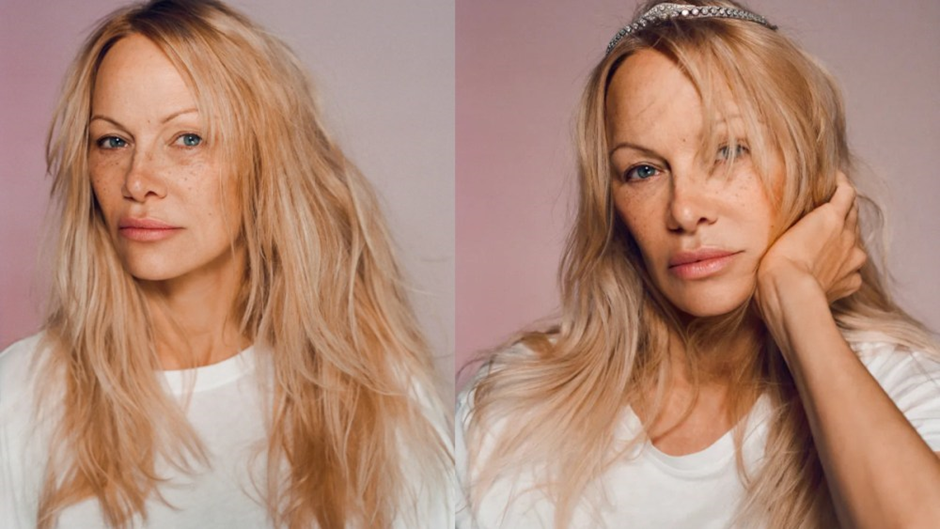
Rising Consumer Awareness
The beauty consumer is smart and with more research conducted into ingredients, shoppers have grown more wary of ingredients that do more harm than good. A recent study by the National Library of Medicine saw that 40% of consumers are aware of health impacts caused by toxic ingredients with a further 21.3% being aware of the side affects such as rashes and itching. With this data, it’s important to be able to identity the harmful ingredients that we as consumers should be looking out for to make sure we are fuelling our skin with the goodness it craves:
- Parabens: These are preservatives found in skincare and haircare which have been linked to hormonal disruption, ski irritation, disruption of the endocrine system and in severe cases, cancer.
- SLS & SLES: These two ‘friends’ are foaming agents commonly found in shampoos and other cleansing products. They can cause skin irritation and strip the skin of its natural oils and contribute to hair loss.
- Phthalates: A chemical that’s often used to soften and add flexibility to plastics and also commonly found in fragrances. They can disturb hormones and lead to reproductive issues!
- Formaldehyde: This is a preservative found in nail polishes and hair treatments. It’s also known as carcinogen and cause allergic reactions and skin irritation.
- Synthetic Fragrances: These are often made from a complex mixture of chemicals which in turn cause skin and hair reactions as well as allergic reactions
Scary stuff right? But, with every ‘bad’ ingredient comes a good ingredient. These ingredients are at the core of clean beauty to ensure the consumer is getting the best of nature onto their skin, whilst also delivering the results the customer wants. Here are some ingredients that the clean beauty consumer looks for:
- Chamomile: Helps to reduce hyperpigmentation and redness of the skin whilst it regenerates and tightens pores and slows down ageing effects on the skin.
- Niacinamide: Known to visibly minimise enlarged pores, tighten lax pores and improve uneven skin tone while softening fine lines and wrinkles.
- Hyaluronic Acid: Known for it’s incredible hydrating properties, it helps retain moisture into the skin, keeping it plump and youthful.
- Vitamin C: A powerful antioxidant that brightens the skin and reduces the appearance of dark circles whilst protecting against environmental damage.
- Aloe Vera: Known for it’s cooling and anti-inflammatory priorities, it helps to add a protective layer to the skin, whilst retaining moisture and boosts the healing process of the skin.
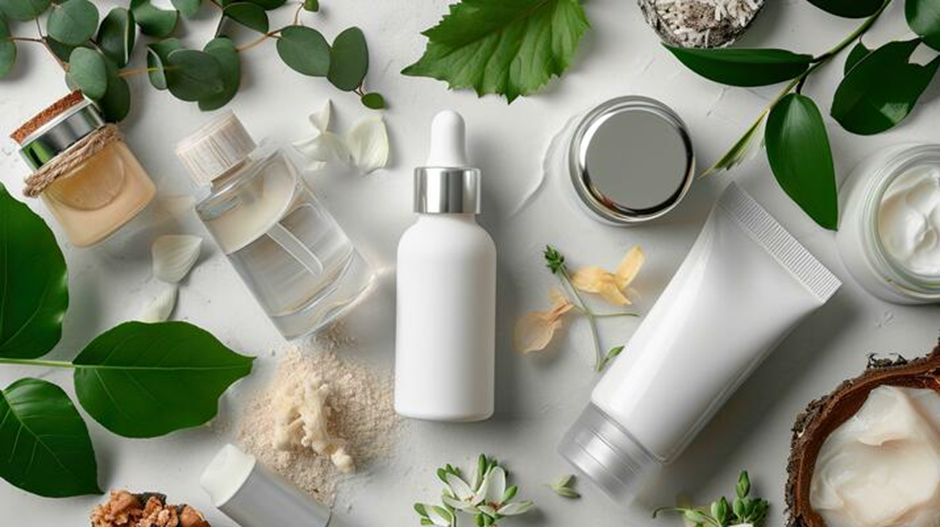
So why the shift from toxic to non-toxic?
This can be answered in several statements but most important is health – to both the consumer and the environment. Consumers still priorities results but want products in their makeup and skincare to be cleaner. By supporting healthier more natural ingredients and products, individuals can achieve beautiful skin whilst also contributing towards a more sustainable manufacturing process. And that’s also key – most clean beauty manufacturing processes have a more negligible environmental impact, which helps to reduce pollutants and the carbon footprint. And of course, a lot of products are now wrapped in recyclable materials, ensuring a happy consumer and happy planet.
So far, so good. But have consumers’ needs and priorities changed in the wake of the cost-of-living crisis? Well, for one thing, respondents to our own Future of Beauty research ranked sustainability as only the third most important factor to consider when shopping health & beauty products, behind both product efficacy and price.
Is Clean a Dirty Word During a Cost-of-Living Crisis?
Clean Beauty and sustainable products are becoming more common online and, on the shelves, and can contain recycled materials, bamboo or even reusable containers. However, during a cost-of-living crisis, consumers are increasingly looking for value in all sectors of the market, not just beauty. So, has the economical stance of consumer change their purchasing habits?
In a report, conducted by ‘cleanhub’, they found that many consumers are willing to pay a higher price for eco-friendly products. In fact, 47% said they would pay more for products in sustainable packaging, with a further 20% saying it would depend on factors like the product quality, how much more they’d have to pay, and the specific brand. I even discovered that those with skin concerns such as acne & eczema were willing to spend more to help settle their symptoms.
On the flip side, 33% of people said they would not be willing to pay more money for products in sustainable packaging and would rather go for value over environment – and with the cost of living a major struggle for many, it is easy to see why. With the rise in energy and raw material costs, one must wonder if this is too pricey for a consumer with other bills and responsibilities to focus on. However, even value products have clean ingredients in them that the everyday consumer may not be aware about. Even looking at my own beauty products, I was surprised how affordable my aloe vera gel is and my vitamin C serum was.
I found this incredibly interesting and investigated the demographics in more detail to see if there was a pattern in consumer behaviour. I found that Gen Z and Millennials were the consumer who would be willing to invest in cleaner and environmentally friendly packaging vs Gen X who are more built on ‘loyalty’ with brands over sustainability. This links back to our Future Of Beauty Research in which we saw that Gen Z make conscious choices when purchasing beauty routines and that 30% of Gen X consumers build their marketing foundations on trust and loyalty.
So, what does the consumer want?
In a nutshell, the consumer wants clean beauty in the beauty sector. Why? Because if it makes them look and feel good ultimately, that’s what the consumer is going to invest in. What’s even more interesting is that 63% valued clean beauty as either extremely important or very important when choosing cosmetics. With this being said, there are certain factors of why the consumer feels this way when making these purchasing decisions.
- Sustainable Packaging: Health and Beauty brands are increasingly opting for eco-friendly materials, reducing single-use plastics, and embracing biodegradable alternatives. Some brands even offer recycling schemes to ensure their environmental commitments are being noted by the consumer which the reward of discount on their next shop. With consumer awareness at a peak, they want feel obligated to know that the brands they love and support are not only care for them but care for the planet.
- Ingredient Transparency: Clean beauty enthusiasts are placing a premium on ingredient transparency. Brands are responding by providing detailed lists of ingredients, instore and online by emphasising natural and organic components. Consumers are now more empowered to make informed choices about the products they use, fostering
- Tech and Innovation: 2024 introduces innovative solutions for clean beauty. For example, from apps that analyse product ingredients to AI lead personalised skincare routine, technology is being used to create a more personalised, efficient and sustainable beauty experience. Not only is this great e-commerce but the personalisation element of the service makes the consumer feel heard.
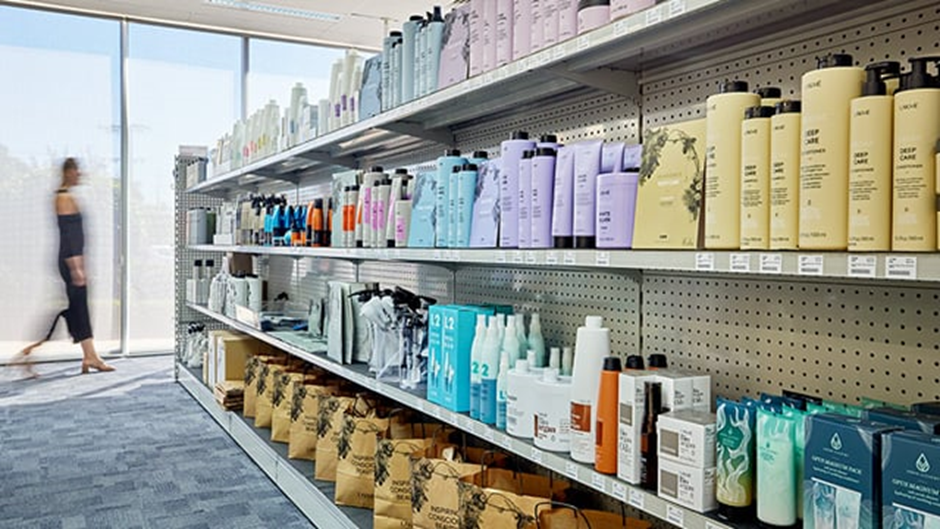
Clean beauty has developed and transitioned overtime from a ‘trend’ to a lifestyle for the consumer which in turn causes a movement towards changing beauty and skincare standards across the world. With sustainable change at the forefront of the sector, this will help the industry to minimise its carbon footprint and move towards carbon-neutral beauty. With these changes, consumers feel transparent about what clean beauty is to them and regardless of price point, the consumer is willing to support and adapt to this lifestyle for a better planet and a better them. However, being green is no longer enough to set a brand apart because the consumer will now be expecting this with every brand. So while it’s important to focus of ‘green credentials’ it’s also to focus on their authentic brand story and value proposition, such as brands like By Sarah London.
Posted 1 July 2024 by Chloe Ching